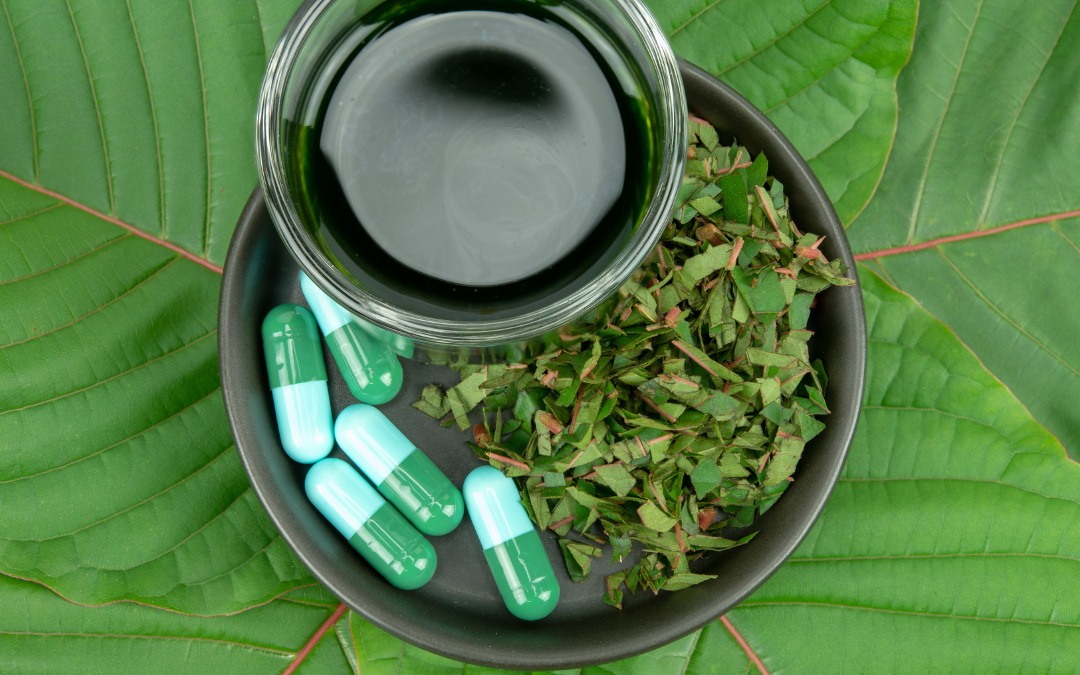Kratom, a plant indigenous to Southeast Asia, has recently made waves across the Western world. As kratom’s presence grows in markets far from its origins, understanding how it has rooted itself within new consumer bases becomes essential in comprehending its place in the global market. In an intriguing twist, the strategic distribution of free kratom samples by vendors has emerged as a key factor in the plant’s rising western popularity. While free samples are a common marketing tactic across industries to introduce new products, they take on a special significance when applied to the traditional botanical like kratom. This article will probe into this blend of ancient tradition and modern marketing techniques, making a case that through these free samples, one can untangle the history and social dynamics surrounding kratom’s spread across the globe. The usage of samples serves not only as a promotional tool but also as a unique lens through which to understand the wider acceptance of kratom use in Western societies.
Marketing Strategy of Free Samples
The distribution of free kratom samples by vendors has been a significant factor in its popularity increase in the Western market, serving as a catalyst for curiosity and experimentation among new users. Traditionally used in Southeast Asia for a variety of purposes, kratom’s introduction to Western consumers through complimentary samples has allowed a new audience unfamiliar with the plant’s background and applications to get to know it. By offering a preview of kratom’s potential at no initial cost, vendors have successfully initiated a basic form of marketing that circumvents the large advertising budgets usually needed to enter new markets. This strategy not only reduces the hesitation for consumers considering an unfamiliar product, but also creates a direct relationship between suppliers and potential customers through the product experience. These samples offer a practical opportunity for consumers to personally assess kratom, which can lead to greater personal recommendations and a more informed customer base. Free samples have influenced not only product testing and adoption but have also contributed to shaping public perception and acceptance of kratom in Western culture.
Impact on Consumer Behavior
As the distribution of free samples garners attention, its impact on consumer behavior, particularly in the context of kratom, is noteworthy. This form of marketing encourages trial and fosters a sense of trust and brand loyalty among potential customers. The psychology behind the effectiveness of free samples lies in the reciprocity principle – people feel obliged to return the favor after receiving something for free, which can sometimes translate into purchasing decisions. Additionally, kratom’s unique position as a relatively new entrant in the Western t market creates a natural curiosity. Free samples act as low-risk gateways for customers to explore kratom without immediate commitment. The gradual increase in consumer interest, aided by these samples, reflects a broader trend in consumer empowerment, where informed choices based on personal experience dictate market success. As more consumers engage with kratom through sample offerings, their behaviors, preferences, and feedback inevitably contribute to the changing narrative of kratom in the West.
Social and Cultural Factors
The role of social and cultural dimensions in the marketing of free samples for promoting kratom is extremely significant. This approach of offering free samples parallels traditional practices in many cultures, where the introduction of new elements often happens through community and social interactions. People tend to gather around new, noteworthy experiences, which in turn fosters communal discourse and peer-to-peer advocacy, thus contributing to the widespread recognition and acceptance of kratom within social networks. Free samples act as an accessible entry point for individuals engaged within these cultural trends, effectively tapping into existing social behaviors and promoting a wider conversation about kratom’s place among Western wellness products.
In summary, the distribution of free kratom samples has had a profound influence on this plant’s rise in the West. This strategic marketing technique has removed barriers of uncertainty and cost, allowing curious consumers to experience kratom first-hand and potentially become future buyers. Moreover, the practice has played a substantial role in shaping the public perception and acceptance of kratom, while influencing consumer behavior. The subtle combination of cultural and social dynamics in this strategy has enabled the creation of communal conversations and curiosity around kratom, forging its place in the wellness market of the West. While the journey of kratom’s acceptance is still ongoing, the sampling strategy showcases how ancient traditions can meet modern marketing methods to foster a more informed and open consumer base. As a result, the kratom narrative continues to transform, propelled by educated consumers’ personal experiences and choices. This story is not only about the rise of a botanical product, but also about how innovative strategies can make a significant difference in the global market.









